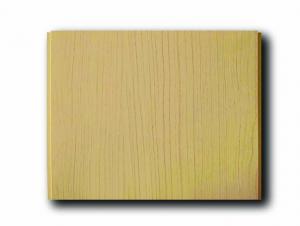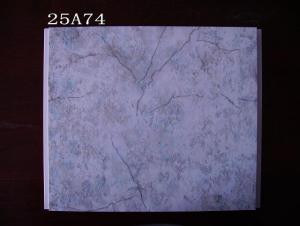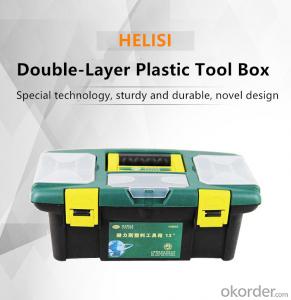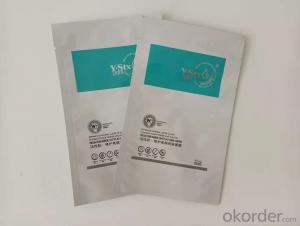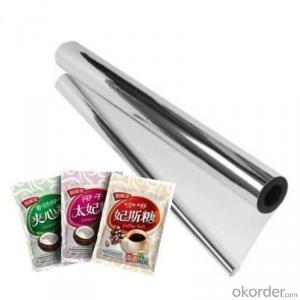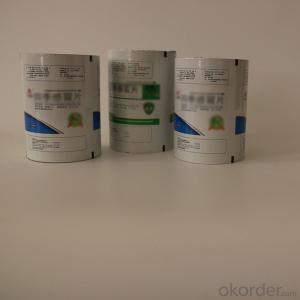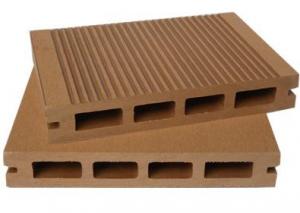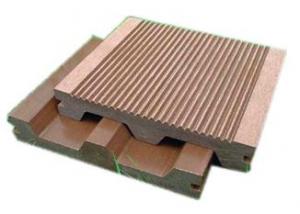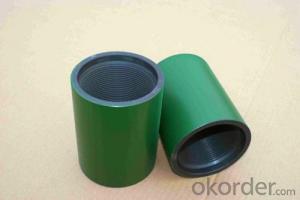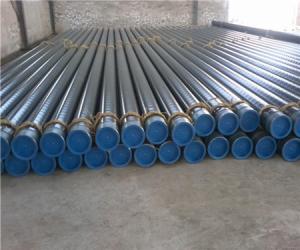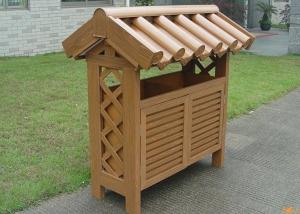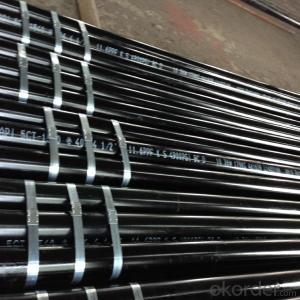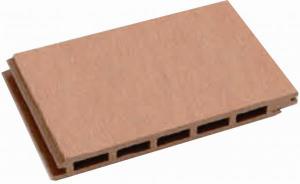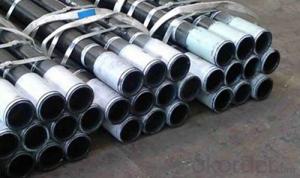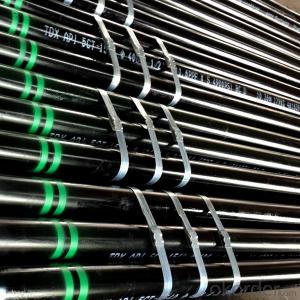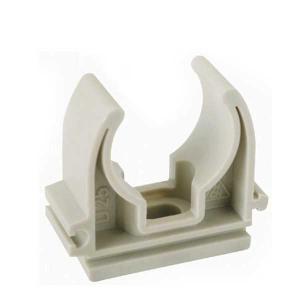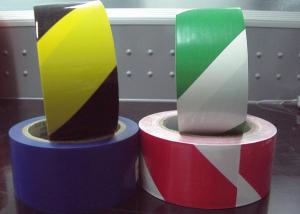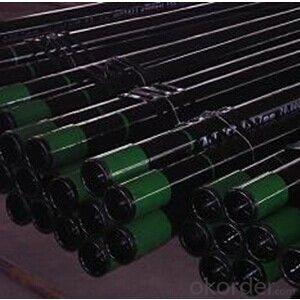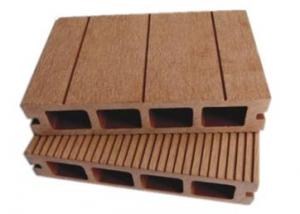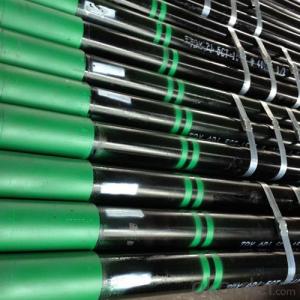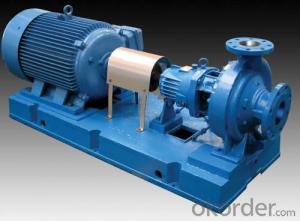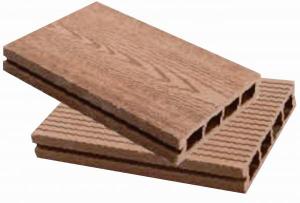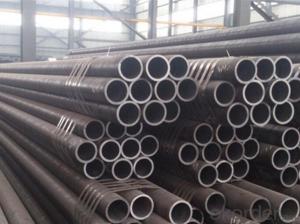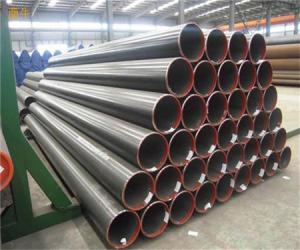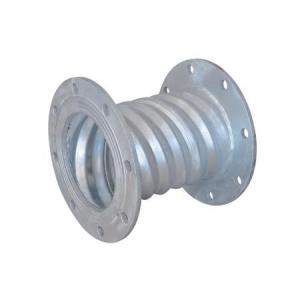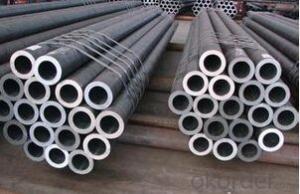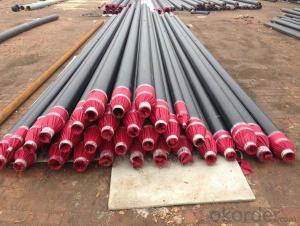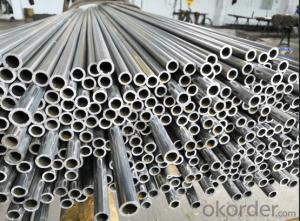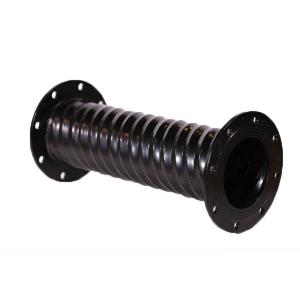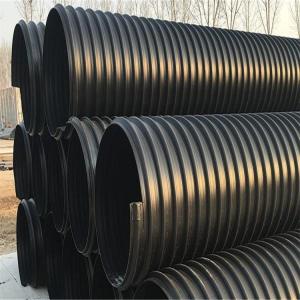Plastic Tubing
Plastic Tubing Related Searches
Primer For Galvanized Steel H S Code For Stainless Steel Wd 40 For Stainless Steel Spray Paint For Stainless Steel Drill Bits For Stainless Steel Sponge For Stainless Steel Caulking For Stainless Steel Steel Vessels For Kitchen Best Solar Inverter For Home Led Table Lamps For HomeHot Searches
Steel Mesh Panels For Sale Price For Stainless Steel Scrap Scrap Price For Stainless Steel Cheap High Tea Sets For Sale Stainless Steel Tanks For Sale High Density Fiberboard For Sale Solar Hot Water Collectors For Sale Scaffolding For Sale In Uae Scaffolding For Sale In Ireland Scaffolding For Sale In Houston Type Of Inverter For Solar Price Of Shipping Containers For Sale Stock Price For Aluminum Used Solar Inverter For Sale Portable Led Signs For Sale Stone Hot Water Bottles For Sale Large Led Screens For Sale Used Aluminum Scaffolding For Sale 1/4 Aluminum Plate For Sale Pvc Chairs For SalePlastic Tubing Supplier & Manufacturer from China
Okorder.com is a professional Plastic Tubing supplier & manufacturer, offers integrated one-stop services including real-time quoting and online cargo tracking. We are funded by CNBM Group, a Fortune 500 enterprise and the largest Plastic Tubing firm in China.Hot Products
FAQ
- Yes, steel pipes can be used for underground compressed air pipelines. Steel pipes are durable, corrosion-resistant, and have high strength, making them suitable for withstanding the pressure and environmental conditions of underground installations. Additionally, steel pipes can be easily welded and are readily available in various sizes, allowing for flexibility in designing the compressed air pipeline system.
- The main difference between carbon steel and alloy steel pipes lies in their composition. Carbon steel pipes are primarily made from iron and carbon, while alloy steel pipes are made from iron, carbon, and other elements such as manganese, nickel, chromium, or molybdenum. Alloy steel pipes have enhanced mechanical properties and better resistance to corrosion, heat, and pressure compared to carbon steel pipes. Additionally, alloy steel pipes are typically used in more demanding applications where strength and durability are critical.
- Steel pipes are tested for quality through various methods such as visual inspections, dimensional measurements, and various mechanical and chemical tests. These tests include assessing the pipe's surface finish, checking for any defects or cracks, measuring its dimensions, conducting tensile and impact tests, and analyzing its composition. Additionally, non-destructive testing techniques like ultrasonic testing, radiography, and magnetic particle inspection are employed to ensure the pipes meet the required quality standards.
- 45 and 316 which steel tubes are of high hardness?
- 316 stainless steel by adding Mo element, the corrosion resistance, and high temperature strength has greatly improved, high temperature can reach 1200-1300 degrees, can be used in severe conditions. 316F stainless steel is easy to cut stainless steel with high sulfur content. Good corrosion resistance, easy processing, good smoothness, suitable for axial parts.
- There are several types of joints commonly used with steel pipes, depending on the specific application and requirements. Some of the most common types include: 1. Butt Joint: This is the most basic type of joint, where two pipes are aligned and welded together at their ends. It provides a strong and continuous connection but may require additional reinforcement depending on the pipe's size and pressure rating. 2. Socket Weld Joint: In this type of joint, one pipe is inserted into the socket of another pipe and then welded together. It is commonly used in smaller diameter pipes and provides good strength and leak resistance. 3. Threaded Joint: This joint involves screwing together two pipes with threaded ends. It is commonly used in low-pressure applications and requires the use of pipe threads and sealants to ensure a tight and leak-free connection. 4. Flanged Joint: With a flanged joint, two pipes are connected by bolting together flanges at their ends. This type of joint is commonly used in high-pressure applications and allows for easy disconnection and maintenance. 5. Grooved Joint: This joint uses a grooved coupling that is placed around the ends of two pipes and secured with bolts. It is commonly used in fire protection systems and offers quick installation and easy maintenance. 6. Welded Joint: In a welded joint, two pipes are fused together using various welding techniques such as gas tungsten arc welding (GTAW) or gas metal arc welding (GMAW). This joint provides a strong and permanent connection but may require skilled labor and additional equipment. Each type of joint has its advantages and limitations, and the selection depends on factors such as pipe size, pressure rating, application, and installation requirements. It is essential to choose the appropriate joint to ensure the integrity and reliability of the steel pipe system.
- Yes, steel pipes can be used for conveying potable water. However, there are some considerations and precautions that need to be taken into account. Steel pipes are strong and durable, making them suitable for transporting water over long distances. They are also resistant to corrosion and can withstand high pressure. To ensure the safety and quality of the water being transported, it is important to use pipes that are specifically designed and manufactured for potable water applications. These pipes are often coated or lined with materials that prevent the leaching of contaminants into the water, such as epoxy or cement mortar lining. Additionally, regular maintenance and inspections should be conducted to prevent the buildup of sediments or rust that could affect the water quality. It is worth noting that steel pipes can be more expensive compared to other materials like plastic or copper. However, their longevity and reliability make them a cost-effective choice in the long run. It is also important to comply with local regulations and standards regarding the use of steel pipes for conveying potable water to ensure the health and safety of consumers.
- Various methods and materials are commonly used to coat steel pipes for insulation. One method involves applying a thermal insulation coating, typically made of a high-performance polymer or epoxy-based material, to the surface of the pipe. To ensure proper adhesion of the coating, the steel pipe is first thoroughly cleaned to remove dirt, grease, and rust. This cleaning process, known as abrasive blasting, involves propelling small particles at high speed to remove contaminants and create a clean, rough surface. Once the surface is prepared, the thermal insulation coating is applied using techniques such as spraying, brushing, or rolling. Multiple layers of the coating are carefully applied to ensure adequate coverage and thickness. This forms a protective barrier between the steel pipe and the external environment, preventing heat transfer and reducing energy loss. In addition to thermal insulation coatings, steel pipes can also be coated with materials like polyurethane foam or mineral wool. These materials offer excellent thermal insulation properties and are often used in applications where high-temperature resistance is necessary. Overall, the insulation of steel pipes involves a combination of surface preparation and the application of specialized coatings. These coatings serve to minimize heat loss, improve energy efficiency, and protect against corrosion and other environmental factors.
- Difference and application of seamless hot rolled pipe and cold drawn pipe in seamless steel tube
- The general production of hot-rolled seamless steel pipe in the automatic tube rolling mill. Solid billet after inspection and clearance of surface defects, cut into required length, in the tube hole end surface of centering, then sent to a heating furnace, in punch in punch. While continuing to rotate and advance, in the roll and immediate action, tube gradually form a cavity, called capillary. Sent to the automatic tube rolling mill on rolling. Finally after all the entire thickness, sizing machine sizing, achieve specifications. Using continuous pipe mill production of hot-rolled seamless steel tube is advanced.1.2, in order to obtain smaller size and better quality of seamless tube, cold rolling, cold drawing must be used or combined method of cold rolling. Usually in two roller mill, rolling ring groove tapered plug pipe in variable cross section circular slot and the composition. Drawing is usually in single or double 0.100T chain drawbench.1.3, the extrusion method will soon heat the tube blank in the closed extrusion cylinder, the perforation bar and extrusion rod movement, so that extrusion parts from the smaller die hole extrusion. This method can produce smaller diameter steel pipe





